
It’s been an historic week for cycling. This weekend just gone saw the 118th running of the men’s Paris-Roubaix and – and this is the truly historic and awesome bit – the first ever running of the women’s Paris-Roubaix. Yep, a race that has been running since 1896 has for the first time allowed for a women’s race. But park your outrage about that for just a minute (we’ll get back to it later…) and revel in what was one of the greatest editions of the greatest bike races of all time.
First some context. For those of you new to cycling (and if you’re reading this, that’s probably not you), the Paris-Roubaix is a one-day bike race in northern France, held every year in early April. It is one of cycling’s oldest races and has been run in various formats since 1896. In the early days it started in Paris, but it now starts about 85 km north east at Compiègne, finishing as it has always done in the velodrome of the industrial town of Roubaix, some 260 km later.
The race’s defining feature is that in its second half it heads over sections of cobblestoned roads that are little more than rough farm tracks. These cobbles are not the precise dainty cubes found in the roadways of European capitals. Instead, they are little more than roughly shaped granite rocks, each about the size of a melon. Add in some mud, rain, and a mirror-slick finish from the passing tractor tyres and the sectors of pavé are uncomfortable at best, and downright dangerous in the heat of a professional bike race. Pictures of mud-covered champions down the ages are the classic images of cycling grit.
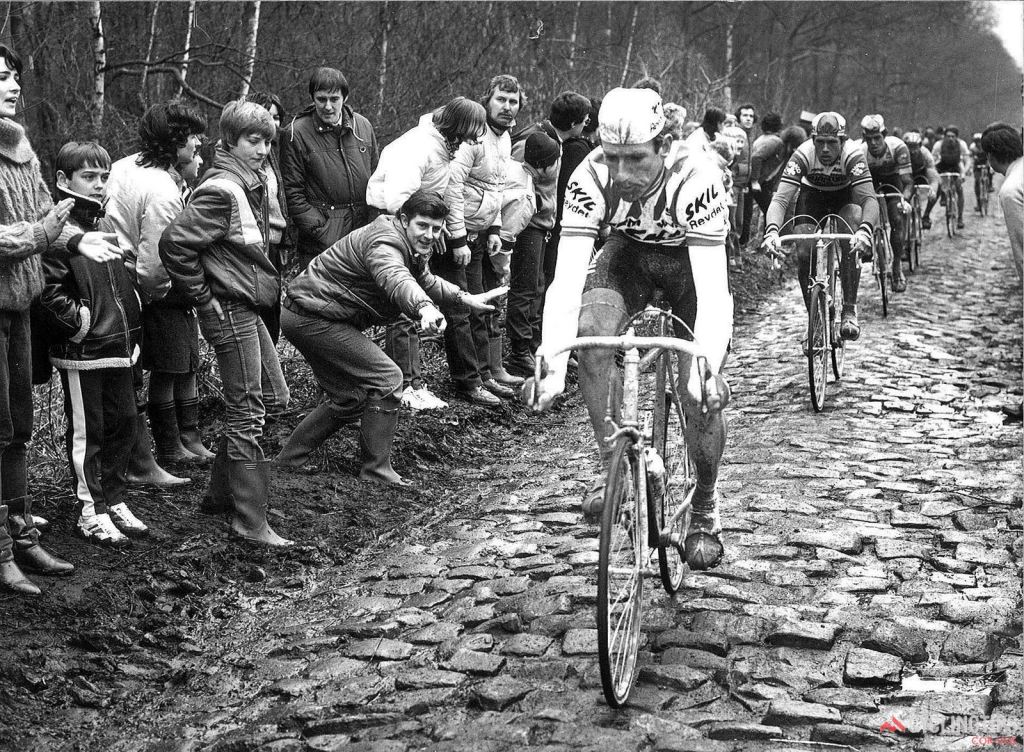
It’s an event that forms part of cycling’s essential catechism, and while we were living in France it’s fair to say it ended up being a bit of an obsession for me. I watched it, rode it (well, the recreational version), was inspired enough by it to create a trophy that’s now given each year to one of our national champions as a memorial to the first world war New Zealand Cyclist Corps. I even spent a wonderful afternoon working with the ‘guardians of the cobblestones’, re-building part of one of the cobblestone sections. So yeah, there’s a special place in my heart for the Paris-Roubaix.
Like everything, COVID has mucked around with Paris Roubaix. It was cancelled outright last year, and this year was postponed from its usual spot in the Spring Classis in April to this first weekend in October. So, there was two-and-a-half years-worth of pent up Paris-Roubaix pressure brewing.
It was all worth the wait, because this year’s Roubaix was an absolute cracker. Early signals were that the weather was going to be atrocious – wind and rain which promised the mud-slicked carnage that everyone’s been hoping for since the last ‘wet Roubaix’ way back in 2002. It didn’t disappoint, and it’s clear that 2021 will be remembered as a classic Roubaix
But what really defined this year’s event was that it was the first time in the race’s 125-year history that women got to race it. It seems astonishing, but it’s true. I’ve been trying to figure out anything sensible to say about how on earth it’s possible that it’s been a men-only affair for all that time. But there’s nothing sensible to say about that, and at the end of the day it boils down to the shamefully simple fact that the men that run the race have been of the view that women’s cycling hasn’t been worth the effort. That’s a shocker, but given the frankly misogynistic views of some men at the top of cycling it’s no surprise.
The women’s race was brilliant and the winner – former world champion Lizzy Deignan – rode away from the rest of the field in a powerhouse display of grit that will cement her place in the pantheon of cycling’s greats. Scenes of absolute carnage trailed behind her. There were a couple of kiwis riding, including our current national champion Georgia Williams. Legend.
And if anyone was ever in any doubt that women weren’t somehow up to the challenge, they just need to look at the results. Give or take, about 45% of both the men’s and women’s field finished within the time cut. But where the women’s peloton beat the men was in DNF – the result given to riders that did not finish the race. Roughly 51% of the men’s field was DNF, whereas the equivalent for the women was less than 20%. They’re tough as nails – 80% of the women finished the race, whereas *just* under half the men’s field didn’t. (I mean, I know there’s this thing where if you’ve done your job supporting your team leader and you need to recover for tomorrow’s race then it’s totally OK – tradecraft, even – to stop racing and get into the team bus. But when more than half the men’s peloton does this? C’mon fellas.)
Lizzie Deignan’s win really was impressive. She did all those things we want from our sporting heroes: she dug deep, committed, and backed herself all the way to the finish with hands torn to shreds battling the brutal cobblestones. There are highlights packages all over the internet, but this one from the UCI’s youtube channel is worth a look :
So this last weekend was a big moment. Another boy’s-club bastion has fallen, and cycling continues to slowly – way too slowly – get with the programme. A women’s Roubaix is a big step up, but there’s a lot more that needs to happen. The women’s World Tour needs more money, and to get that they need more TV coverage. That’s easier said than done, and even the biggest women’s race like the Giro Donne (the women’s Tour of Italy) tell us they struggle to get coverage . Although, I’d give them the side-eye on that, because if the biggest media company in Italy can’t stitch together a broadcast package in this day and age, then it’s likely they’re not trying hard enough. The UCI thought so too, and dumped the race out of the official Women’s World Tour.
We need to do better: women’s cycling is just as exciting to watch as men’s. Maybe more so, as it can be a bit less predictable. Some of it is opportunity – until 2019, there were actually three men’s Paris-Roubaix races on the same day: the elite men’s race, an under 23 ‘espoirs’ race, and an under 19 junior event. Surely one of those could be swapped out for a women’s race next time, to leverage off the crowds, coverage, and race infrastructure of the men’s events? (or, as my daughter said, why not alternate – do a women’s event one year, and the men’s one the next? Worth a thought.)
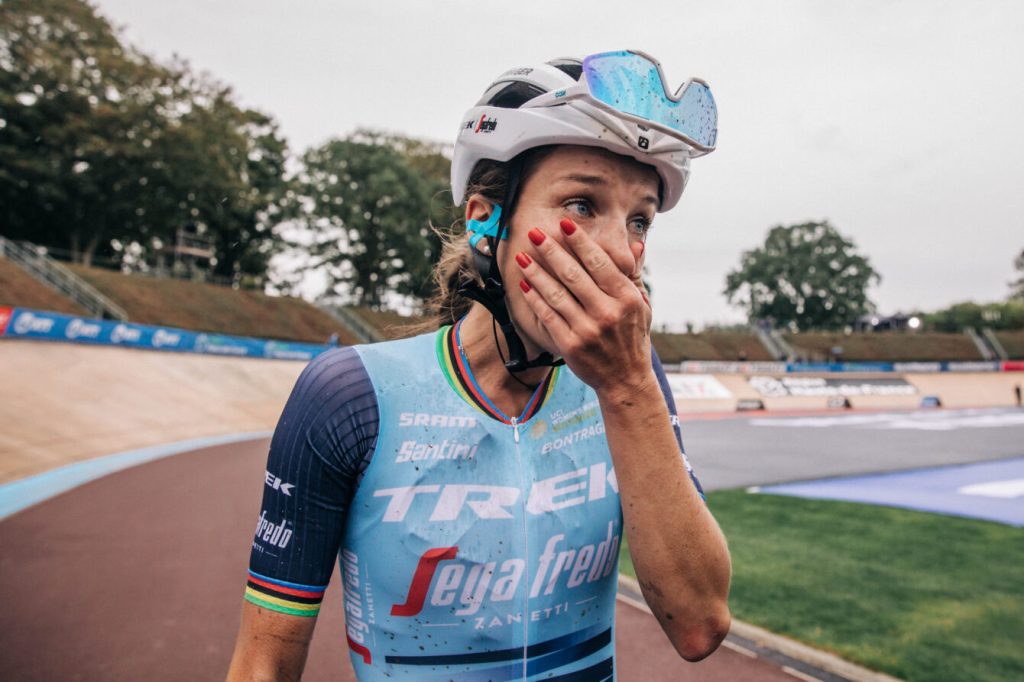
We need to fix the UCI’s arcane minimum prize money and salary rules. The winner of the men’s Roubaix got €30,000 but the official prize for the women was only €1,535. Sure, Deignan’s team will pay her a bonus to match, but not every team is in a position to do that. Some races have committed to offering equal prize money to men’s and women’s races – my good friends at Gent-Wevelgem are leading the way there. So it’s possible.
There UCI has rules about minimum salaries for pro cyclists. They’re complicated and figuring out how much pro cyclists earn is tricky, particularly once you factor in things like endorsements and sponsorships. But it’s fair to say the top male riders are on seven-figure salaries. The top women? Very hard to say. The UCI minimum salary rules mean that for the men, everyone in the World Tour (the top tier) is guaranteed a minimum €40,045 if they’re employed directly by the team, or €65,673 if they’re riding as a self-employed contractor (like I said, it gets complicated…). There are also minimums for the women but – quell surprise! – they’re a lot less. This year its €20,000 (employed) or €32,800 (contractor), which will increase to €27,000 (employed) or €45,100 (self-employed) in 2022. So yeah, heaps less. Some teams – like Lizzy Deignan’s Trek-Segafredo and BikeExchange, Georgia Williams’ current team – have decided to increase their women’s team salaries to match the men’s minimums. Bravo to them.
But those minimums only apply to the top tier, and so in the second tier there are some riders that are actually paying their teams for the privilege of riding for them. That’s just nuts.
This weeks Paris-Roubaix was an important step in the right direction for women’s cycling. It was a great race, with all the wonderful drama and unpredictable craziness that Roubaix is famous for. Deignan wasn’t even meant to win – she went early to help force other teams to chase, taking some of the pressure off her team’s designated leaders. But her 80km solo breakaway stuck, and she crossed the line on the famous Roubaix velodrome as the first ever women’s vanquer. Brilliant.
The Paris Roubaix is owned and run by the same company that owns the Tour de France, and the Tour’s director, Christian Prodholme, has finally delivered on his promise to (re)establish a women’s Tour de France next year. Hopefully that’ll be great, and with the full weight of the Tour de France behind it success looks like it might just be possible. Women’s cycling has a long way to go to get the recognition and support it deserves. But as this week shows, at least we’re heading in the right direction.
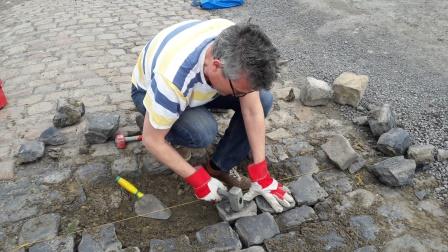
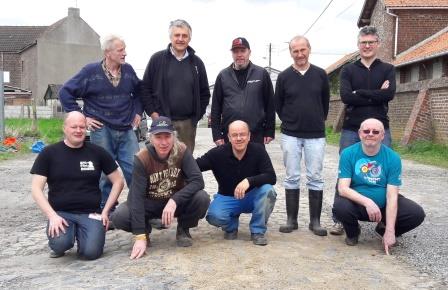
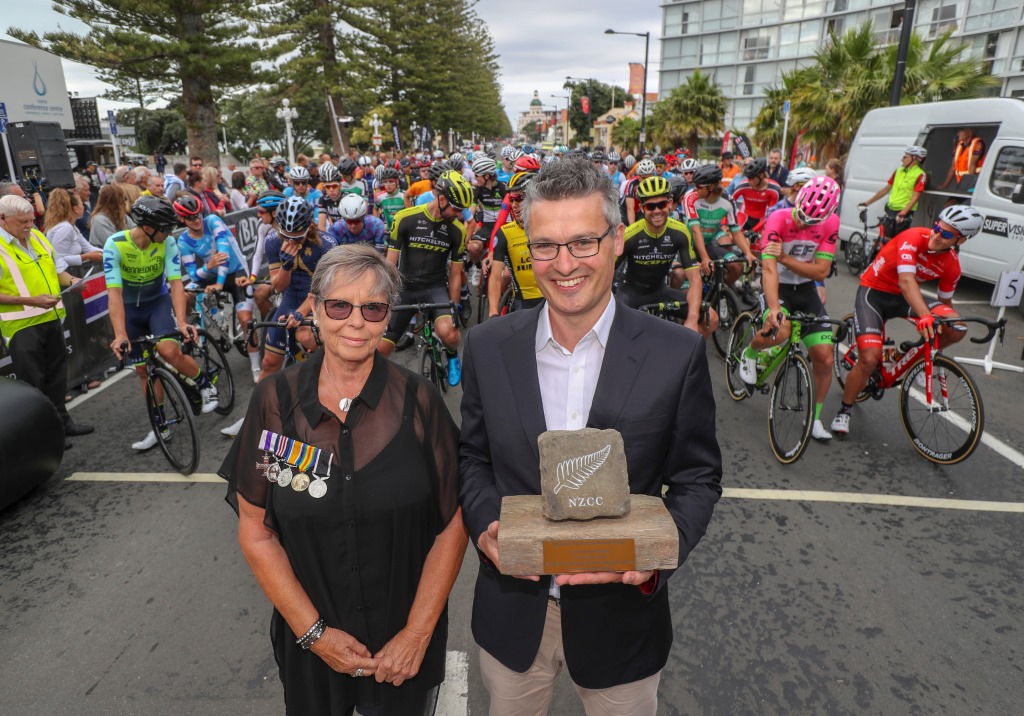

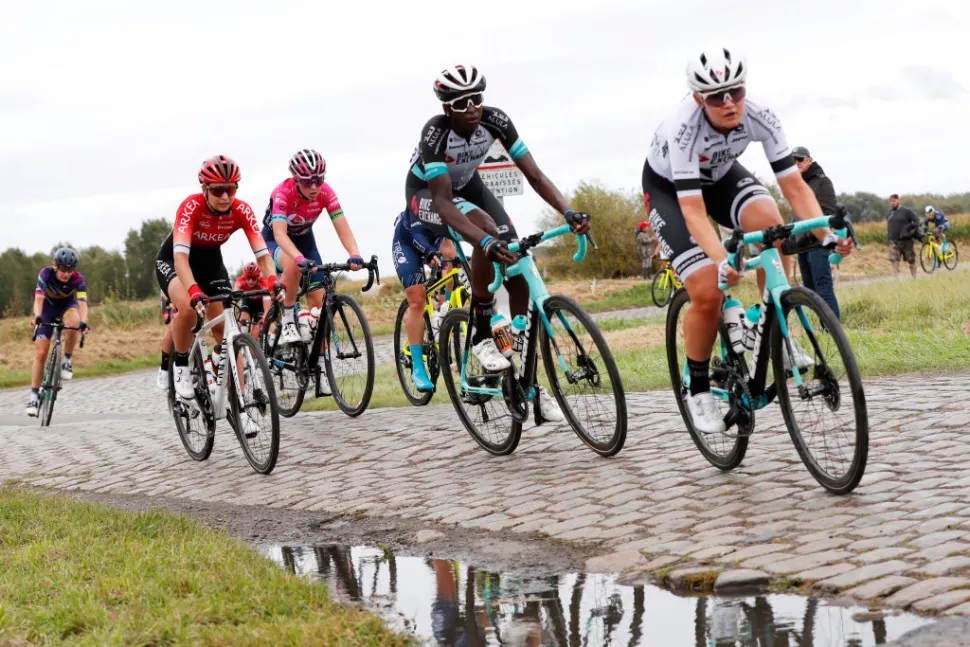

I saw the short item on this race on TV sports news and thought of you and the trophy and your own ride along the route! And thank you for the fascinating analysis of women in cycling and the issues thereof – it’s always good to see some progress!
LikeLiked by 1 person
Thanks Alison,
Keep your eyes out for the next post – I managed to have a yarn with Georgia Williams to hear about her experience of Roubaix, pro cycling, and next year’s Tour de France Femmes.!
LikeLike